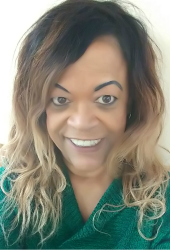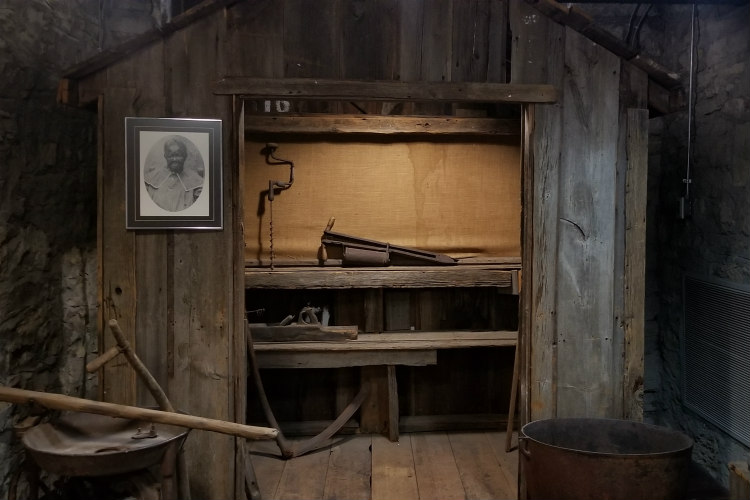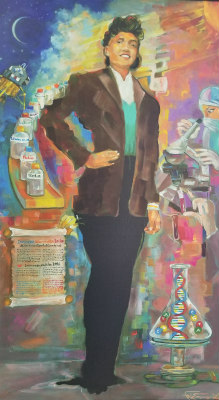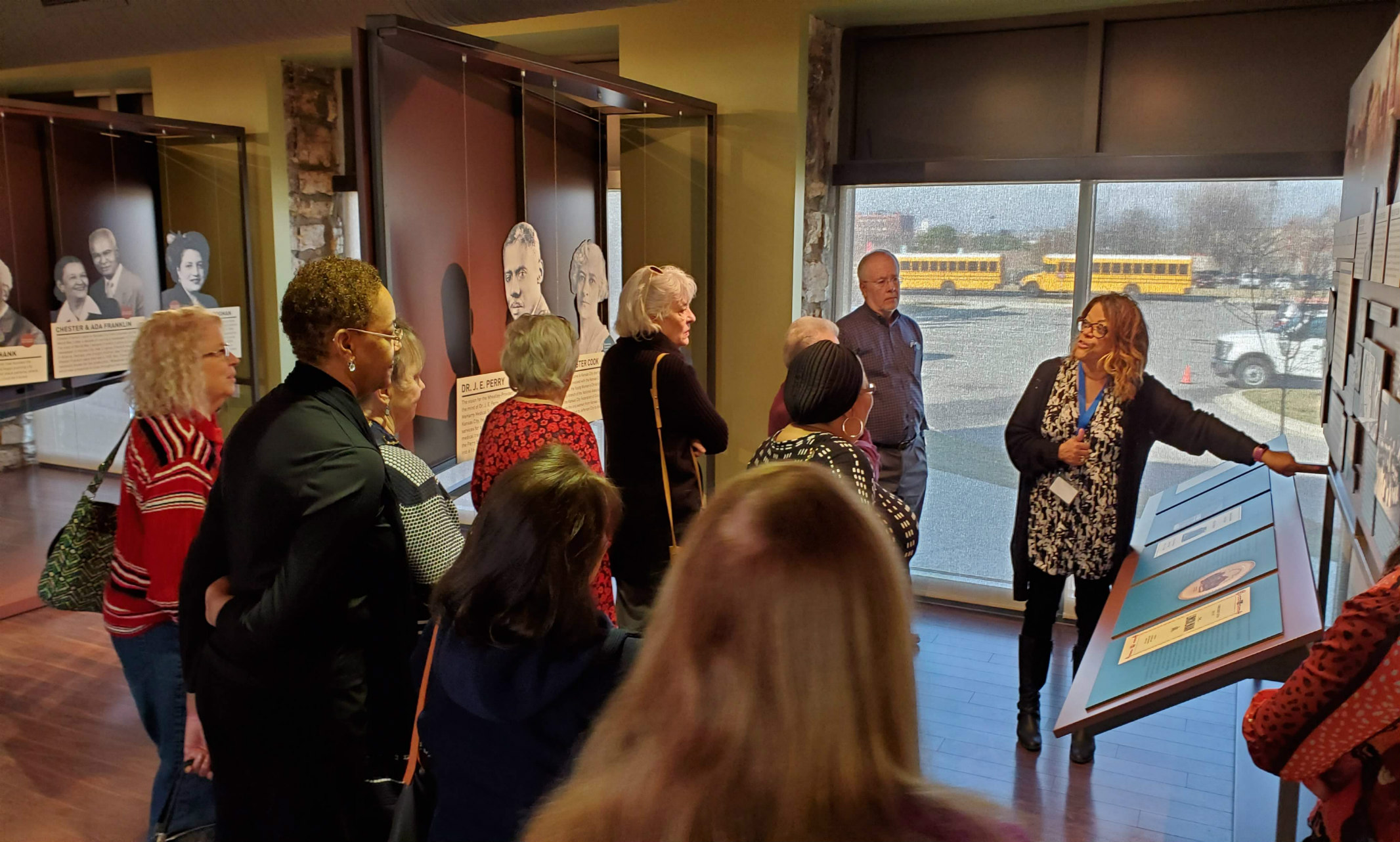Carmaletta Williams (B.A. ’87) serves as executive director of the Black Archives of Mid-America in Kansas City. The archives are home to incredible artifacts documenting the social, economic, political and cultural histories of persons of African American descent in the central United States, with particular emphasis in the Kansas City, Missouri, region.

We spoke with her about what she wishes people knew about the archives and her favorite pieces among the exhibits.
Tell us about your role as executive director at the Black Archives of Mid-America in Kansas City.
My role primarily is to keep the place afloat. That pertains to many levels: financially, educationally, exhibition-wise, public partner duties, arts advancement, personnel, programming and so many other duties.
What’s something you’ve learned by working at the archives?
I've learned that being the administrator at a museum or public organization is not a one-person job. It takes a crew with different skillsets, abilities, desires and commitments to make the Black Archives a rich, viable part of the Kansas City landscape. I would love to spend all my time taking people on tours and talking about the history of Black folks in Kansas City and, indeed, in this country, but that is not possible. I learned that my efforts are better directed towards financial management e.g., fundraising, paying bills, writing grant proposals, etc.
What is something you wished people knew about the archives?
I wish people knew that there is an active (except in the age of quarantine) Black Archives with a wonderful Ewing Marion Kauffman Exhibition Hall. The fixed exhibition in that hall chronicles the establishment of Kansas City through the lives of the African Americans who worked toward building lives and culture for their families and their communities. I wish people knew that those early actions frame today's Kansas City.
I wish people knew that we are building another exhibition in the area that houses Lucy's cabin, the home of an enslaved woman in Trenton, Missouri, that will pay honor to the victims of racial lynching. Charles Swayze, a talented, young African American artist is creating a wall-sized mural for that exhibition.

I wish people knew that women's professional basketball began in Kansas City with the Women's Basketball Association, started by Lightning Mitchell. The Black Archives houses their Hall of Fame as a permanent exhibition.
I wish people knew that we are a beautiful facility with spaces that we rent to people, groups and organizations throughout the area. We also provide a wide array of educational programs, including workshops on mental health with Dr. Erica Thompson and on legal issues with the Jackson County Bar Association. Additionally, we host poetry readings, book signings, fitness workshops, musical presentations and more.

Painting of Henrietta Lacks on
display in the Black Archives of
Mid-America.
Favorite artifact, document or photo in the collection?
I have many "favorites" in the Black Archives. I love the poster-sized picture of Fannie Lou Hamer, the woman who made history by saying she was "sick and tired of being sick and tired." Another favorite is the picture of our founder Horace M Peterson III. Sadly, it hangs next to his obituary. Eva McGhee's gift of a portrait of Henrietta Lacks brings joy to me and the Research and Reading Room. I smile in every room of that space because the Archives is filled with history, art, music, culture, poetry, literature, business, and all those elements that create communities.
How can people support the Black Archives during this time?
People can support the Black Archives during this time by making donations online. When you visit our website, be sure to scan through our holdings. We are developing programs that can be accessed online and are eager to hear what community members want from us.

